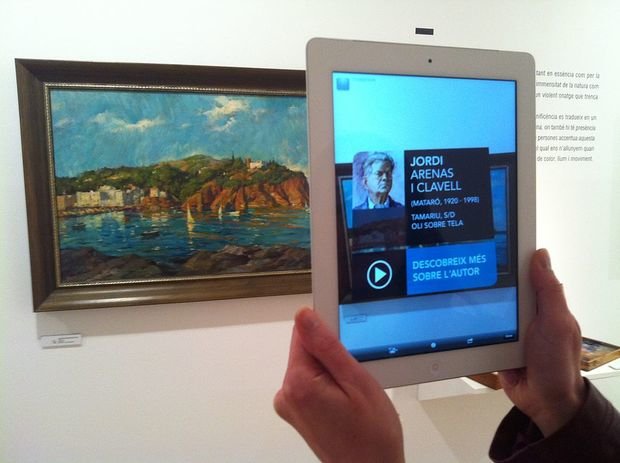Augmented reality remains curiosity to majority of Russian customers
Although many industrial sectors are showing their interest in augmented reality (AR) technologies, they are still far from being adopted on a wide scale in Russia. Potential customers prefer to use proven technologies, as they don't want to take a risk. Their insufficient understanding of the difference between virtual reality (VR), AR and mixed reality complicates the sector's development as well.
Despite growing interest in augmented, virtual and mixed reality technologies, Russian companies working in this area face difficulties when it comes to actually selling the technology to customers, says Computer Weekly. Several economy sectors, such as defence, railways and automotive industry, have shown interest in AR, but the technology still has a long way to go before being adopted on a wide scale.
According to Sergey Polinenko, general director of Itorum, a startup specialising in AR glasses, there is a large gap between companies expressing an interest and actually placing an order. ''Most enterprises in Russia are not prepared to take a risk – they wait until a solution becomes adopted in the West,'' he said.
Potential customers also lack understanding of the difference between VR, AR and mixed reality, considers Nikita Vyugin, marketing director at another augmented reality startup, Fibrum. VR is mostly associated with the entertainment industry, while AR has more ''serious'' primary applications. Fibrum specialises in the exhibition sector, one of the company's most recent projects was an interactive exhibition aimed to educate the younger generation about the Second World War. AR glasses were used to show exhibits in high detail and from various angles. ''AR opens unique opportunities for the presentation of products and services, more efficient use of exhibition and retail spaces, personnel training and education,'' explained Vyugin.

In Russia, many startups developing AR technology are supported by the Internet Initiatives Development Fund (IIDF). The fund's portfolio manager, Ilya Korolyov, says that AR elements are actively used in mechanical engineering, the power industry, high-risk manufacturing, construction and maintenance of engineering systems. It helps to cut costs, maintenance periods and optimise operations. There are also good prospects for AR solutions in retail and healthcare, believes Korolyov.
Nonetheless, it will take a while for AR-based systems to enter the mass market. According to Korolyov, the main boom in Russian AR development on a mass scale may occur in 2020-2022 with the advent of affordable devices such as US Magic Leap's head-mounted virtual retinal displays. ''Mass-market solutions need usability interfaces, wireless and easy-to-use wearable devices,'' he said, while the existing individual experiments from startups are not yet demonstrating the real usability of AR in people's day-to-day lives.